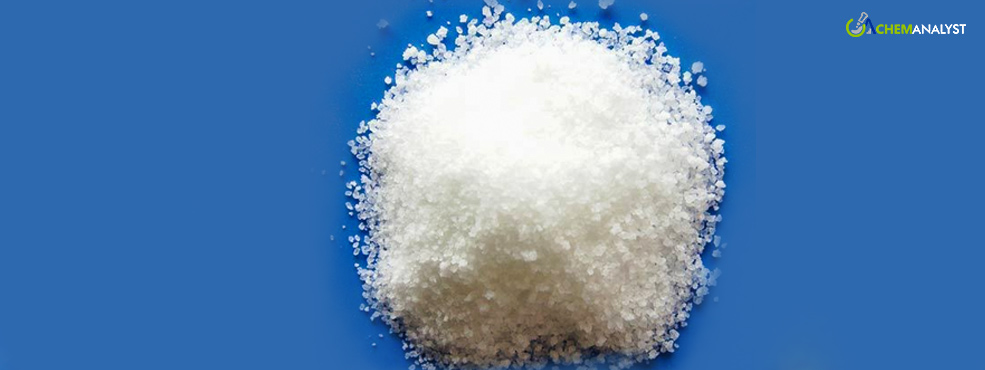Low Demand and Falling Raw Material Costs Drive Global Ammonium Chloride Prices to Fall
- 11-Mar-2024 3:48 PM
- Journalist: Harold Finch
During February 2024, the Global Ammonium Chloride market sustained a downward trend parallel to the preceding month. This decline is primarily attributed to the continual decrease in the price of essential raw material, Ammonia, resulting in lowered production expenses and subsequently pushing down prices of Ammonium Chloride. Further, reduced demand from key end-user fertilizer markets, coupled with trade uncertainties and adverse weather conditions, significantly contribute to the downturn in Ammonium Chloride prices.
In February 2024, the Ammonium Chloride market in the western region experienced a downturn in prices, primarily influenced by subdued sentiments stemming from diminished demand for fertilizers following the conclusion of the peak planting season. This period typically witnesses a reduction in demand as agricultural activities slow down post-planting. Furthermore, demand from Brazil, a significant importer of Ammonium Chloride, was restrained during this period due to the Carnival celebrations. Traditionally, Carnival festivities lead to a temporary slowdown in agricultural activities as workers participate in the events, resulting in decreased demand for fertilizers.
Additionally, unfavourable weather conditions in Europe contributed to subdued demand for fertilizers, including Ammonium Chloride. The European Union (EU) experienced diverse weather patterns, with northern regions facing a cold spell, central areas encountering excessive rainfall, and dry conditions prevailing along the Mediterranean coast. The United Kingdom (UK) also witnessed mixed conditions characterized by abundant rainfall. Conversely, in the Russian Federation, conditions were generally favourable, with ample precipitation improving soil moisture and supporting agricultural activities. Nevertheless, dry conditions prevail in parts of the Caucasus region. These varying weather conditions across Europe have influenced agricultural activities and subsequently affected fertilizer demand. The combination of subdued demand post-planting season, reduced activity due to Carnival celebrations in Brazil, and adverse weather conditions in Europe contributed to the decline in Ammonium Chloride prices in the western market during February 2024.
Similarly, throughout February 2024, the Chinese Ammonium Chloride market experienced a downward trend, reflecting the pattern observed in the preceding month. A significant factor driving this decline was the decrease in the price of the crucial raw material, Ammonia, within the country. This reduction led to a decrease in production rates, thereby applying downward pressure on Ammonium Chloride prices. At the onset of the month, demand remained restricted from the domestic market amidst the ongoing Lunar New Year festivities in China. However, following the conclusion of the festivities, there was a noticeable increase in activity in downstream industries. Despite this uptick, demand for fertilizers, including Ammonium Chloride, only began to recover in anticipation of the forthcoming planting season. Nevertheless, the demand rebound fell short of expectations and had minimal impact on Ammonium Chloride prices. Additionally, there were expectations that China would lift its export restrictions on fertilizers after the New Year celebrations. However, this did not materialize, resulting in the continuation of restrictions on international demand. As a result, the combination of subdued domestic demand and ongoing export limitations contributed to the sustained decline in Ammonium Chloride prices in the Chinese market.
According to ChemAnalyst, the Ammonium Chloride market is anticipated to continue on a downward trajectory in the upcoming months due to decreasing Ammonia prices and waning seasonal demand.



